Buying bedding might seem like an easy task, but with many choices available in the market, it can be quite daunting. Choosing the right bedding Accessories is essential as it directly impacts your comfort and sleep quality. It is also an important investment as we spend about a third of our lives in bed.
Wondering how to buy bedding? Well, this guide is designed to help you easily and confidently navigate buying bedding. So, let's get started.
Understanding the Different Types of Bedding Materials
The first step in buying bedding is understanding the different materials available. While cotton is the most popular choice, other options include linen, silk, bamboo, and microfiber. Each material has unique qualities, and determining which suits your needs is crucial.

1. Cotton
Cotton is a popular choice for bedding due to its breathability and durability. It's lightweight, allowing air to flow freely and keep you cool during warmer months. However, cotton quality can vary greatly, with higher-thread-count options being more luxurious and more expensive. Cotton is generally easy to care for but can wrinkle easily.
2. Linen
Linen is known for its exceptional breathability and temperature regulation, making it a perfect choice for hot and cool sleepers. It's also hypoallergenic and beneficial for people with sensitive skin or allergies. The downside of linen is that it can initially feel rough to the touch and takes time to soften. It's also more expensive than some other options and wrinkles easily.
3. Silk
Silk is a luxurious and comfortable bedding material. It's hypoallergenic, making it a good choice for those with allergies or sensitive skin. Silk is also well-known for its temperature-regulating properties. However, it's the most fragile bedding material and requires special care when washing.
4. Synthetic
Synthetic materials like polyester are commonly used for budget-friendly bedding options. They are easy to care for and highly durable. However, synthetic materials are less breathable than natural materials and can trap heat, making them less suitable for hot sleepers.
Choosing the Right Bedding Size and Set

Choosing the right bedding size and set is critical in creating the perfect sleep environment. First and foremost, the size of your bedding should match the dimensions of your bed. Ill-fitting sheets or comforters can lead to discomfort and interrupted sleep.
For example, sheets that are too small can come loose and create uncomfortable wrinkles, while a comforter that's too large can easily fall off the bed.
Besides that, bedding sets often come packaged with a fitted sheet, flat sheet, and one or two pillowcases. Consider a set that includes a duvet cover or comforter, depending on your preferences. Buying a set ensures that all your bedding matches and is often cheaper than buying items separately.
Thread Count and Why It Matters
Thread count refers to the number of threads woven into one square inch of fabric. The general rule is that the higher the thread count, the softer and more luxurious the bedding will be. However, this is not always true.
Manufacturers can manipulate thread counts by using multi-ply yarns or adding other materials like polyester to increase the thread count artificially. While these sheets may feel softer, they are still lower quality and less durable than high-quality single-ply sheets.
When shopping for bedding, look for 100% cotton with a thread count between 200-800 for the best combination of softness and durability.
Choosing the Right Color and Design
Selecting the right design and color scheme for your bedding can dramatically enhance the overall aesthetic of your bedroom. Here are a few tips to keep in mind:
1. Consider the Bedroom Decor Theme
Your bedding should match or complement the existing decor theme in your bedroom. If your room has a vintage vibe, consider bedding with a floral or paisley design. Opt for solid colors or geometric patterns for a modern or minimalistic room.
2. Use a Color Wheel
A color wheel can be a helpful tool when choosing bedding colors. Complementary colors, opposite each other on the wheel, can create a vibrant and striking contrast. Analogous colors, which are next to each other, provide a more harmonious look.
3. Play with Patterns
Be bold and play with patterns. Stripes, polka dots, florals, and geometric patterns can add visual interest and depth to your bedding. Mix and match different patterns but stay within the same color scheme to maintain a cohesive look.
4. Consider Seasonal Changes
You may want to have different bedding for different seasons. Light pastels and floral designs can be refreshing for spring and summer, while deeper hues and richer textures might be more suitable for the colder months.
Evaluating Bedding Brands
The market has myriad bedding brands offering unique products with distinctive features. Some of the popular choices include:
- Brooklinen: Brooklinen is renowned for its high-quality sheets and affordability. Their products are made from long-staple cotton, with a thread count that balances softness and breathability.
- Parachute: Parachute offers a variety of bedding materials, including percale, sateen, and linen. They're known for their luxurious feel and eco-friendly manufacturing practices.
- Boll & Branch: Boll & Branch is a great choice for organic cotton products. They're Fair Trade certified and committed to ethical manufacturing.
- Casper: Casper, primarily recognized for its mattresses, also offers a range of comfortable bedding. Their innovative products include humidity-fighting duvets and cooling pillowcases.
While choosing the right brand, consider material quality, price, and customer reviews to ensure you're investing in a product that meets your needs and expectations.
Buying Decorative Bedding
In addition to the practical aspects of bedding, decorative elements can add personality and style to your bedroom. Here are some ideas for incorporating decorative bedding into your space:
- Throw Pillows: They can add color or texture to your bed, making it look more inviting and cozy. Consider mixing different sizes, shapes, and patterns for a layered effect.
- Blankets and Quilts: Layering a quilt or blanket over your comforter can add warmth and dimension to your bedding. Choose colors and patterns that complement your sheets and pillows for a cohesive look.
- Bed Runners: Bed runners are long, narrow pieces of fabric placed at the foot of the bed. They can be plain or patterned and add a touch of elegance to your bedding.
- Euro Shams: Euro shams are larger, square pillow covers often used as decorative bed accents. They come in various colors and materials and can be mixed and matched with regular pillowcases for a more personalized look.
Remember to balance functionality and aesthetics when choosing decorative bedding items. Don't overcrowd your bed with too many pillows or blankets, as this can make it look cluttered and uncomfortable.
Estimating Your Budget
Determining your budget for bedding is critical, as it helps guide your choices and prevents overspending. Start by evaluating your financial situation and deciding how much you can comfortably allocate to this purchase without straining other aspects of your budget.
Consider the quality you're looking for; high-quality bedding may be pricier, but it can be a wise long-term investment as it lasts longer. If you're just starting or need to furnish a guest room, basic bedding sets might suffice and save money.
When setting a budget, it's important to remember that bedding costs aren't just sheets and pillowcases. Don't forget to account for items like duvets, comforters, mattress protectors, and extra pillows. While these items might not be necessary all at once, planning for them in your budget will prevent future financial surprises.
You can find good quality sheet sets for under $50, mid-range sets for $50-$150, and luxury options over $150. Ultimately, your budget will depend on your preferences, lifestyle, and financial situation.
Where to Buy
There are numerous places to buy bedding, both in-store and online. Here are some of the top options:
- Department Stores: Macy's, Bed Bath & Beyond, and Nordstrom have extensive bedding sections. Here, you can feel the fabric and see the designs in person before purchasing. These stores often have sales and discounts, so it's worth checking regularly.
- Specialty Bedding Stores: Stores like Brookstone and The Company Store specialize in bedding and offer various options, from budget-friendly to luxury.
- Direct-to-Consumer Brands: Brands like Brooklinen, Parachute, and Boll & Branch sell directly to consumers through their websites. These brands often focus on quality and transparency, providing detailed information about their manufacturing processes and materials.
Reading Product Reviews
Reading product reviews before purchasing is an indispensable step in the buying process. These reviews, written by customers who have already purchased and used the same product, offer a realistic snapshot of its performance and quality. Customer reviews provide valuable insights into the true advantages and drawbacks of a product, going beyond what the manufacturer or seller may disclose.
A bedding product with consistently high ratings and positive feedback indicates its quality and value. However, repeated complaints about the same issues, such as durability or comfort, might signify potential red flags.
Maintaining Your Bedding

Maintaining your bedding ensures its longevity and contributes to a healthier sleeping environment. Here are some tips to keep your bedding fresh and durable:
- Follow Care Instructions: Always check the care label on your bedding before washing. Some materials may require specific washing temperatures or methods. Ignoring these instructions may cause damage or decrease the lifespan of your bedding.
- Regular Washing: As a rule of thumb, sheets, and pillowcases should be washed every one to two weeks. Comforters, blankets, and pillows can be cleaned less frequently every two to three months. Regular washing helps remove the build-up of skin cells, oils, and dust mites.
- Use Gentle Detergents: Harsh detergents can break down fibers and fade colors over time. Opt for gentle, eco-friendly detergents to preserve the integrity of your bedding.
- Air Dry When Possible: Although time-consuming, air drying is the gentlest method to dry your bedding and can help prolong its life. If machine drying, use a low heat setting to prevent excessive shrinking or wrinkling.
By properly caring for your bedding, you can promote a healthier sleeping environment and enjoy your bedding for years to come.
Final Thoughts
Choosing the perfect bedding can be a fun and rewarding experience, but it requires careful consideration and planning. You can create a comfortable and inviting bedroom oasis that reflects your unique taste by evaluating your needs, personal style, budget, and maintenance routine. Remember to read product reviews, compare options from different retailers, and follow proper care instructions to ensure the longevity of your bedding.
Here, if you still have any questions about this, you can contact Souver. They have professional staff to answer your questions so that you can choose bedding that is more suitable for your bedroom.

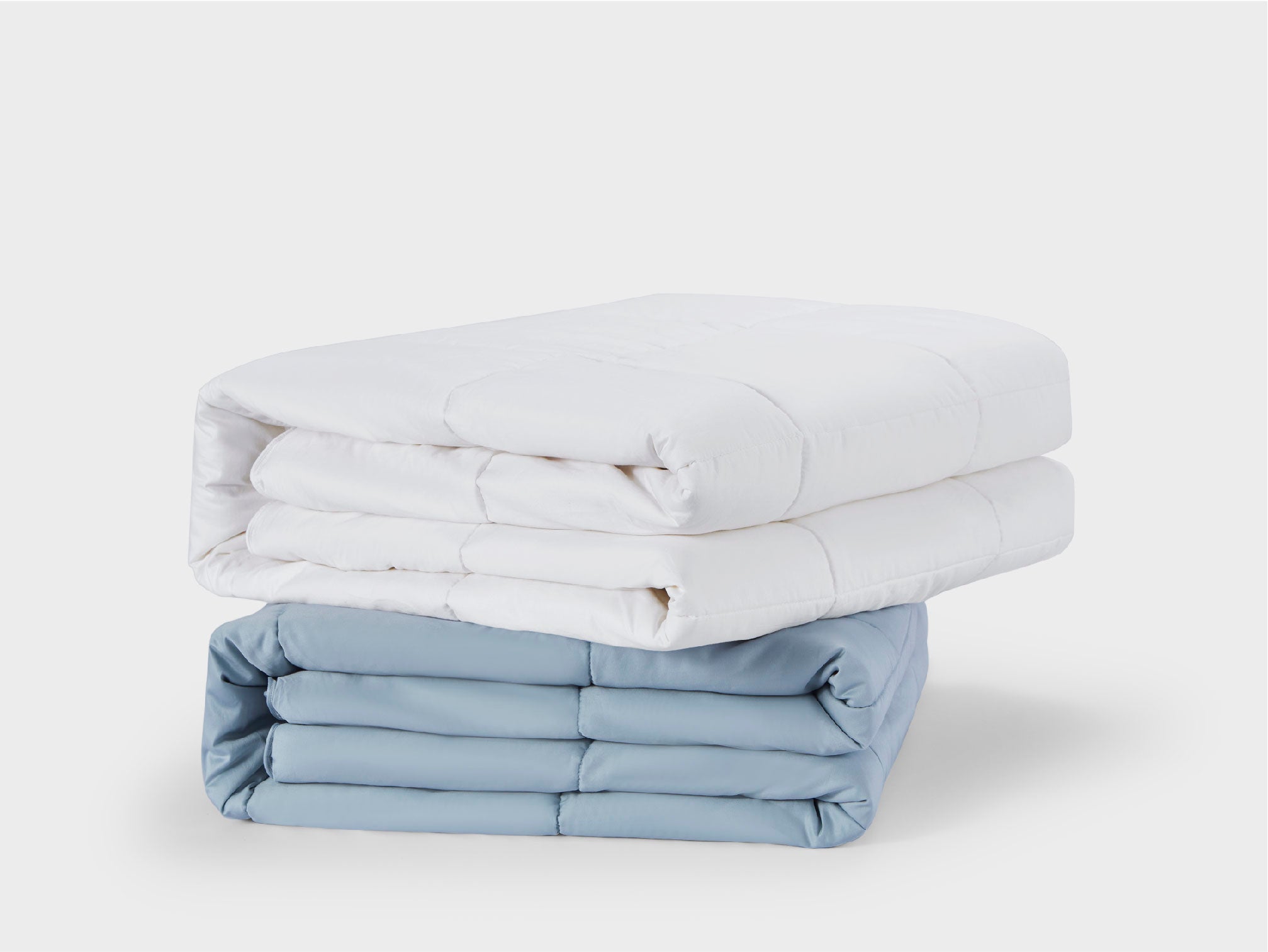
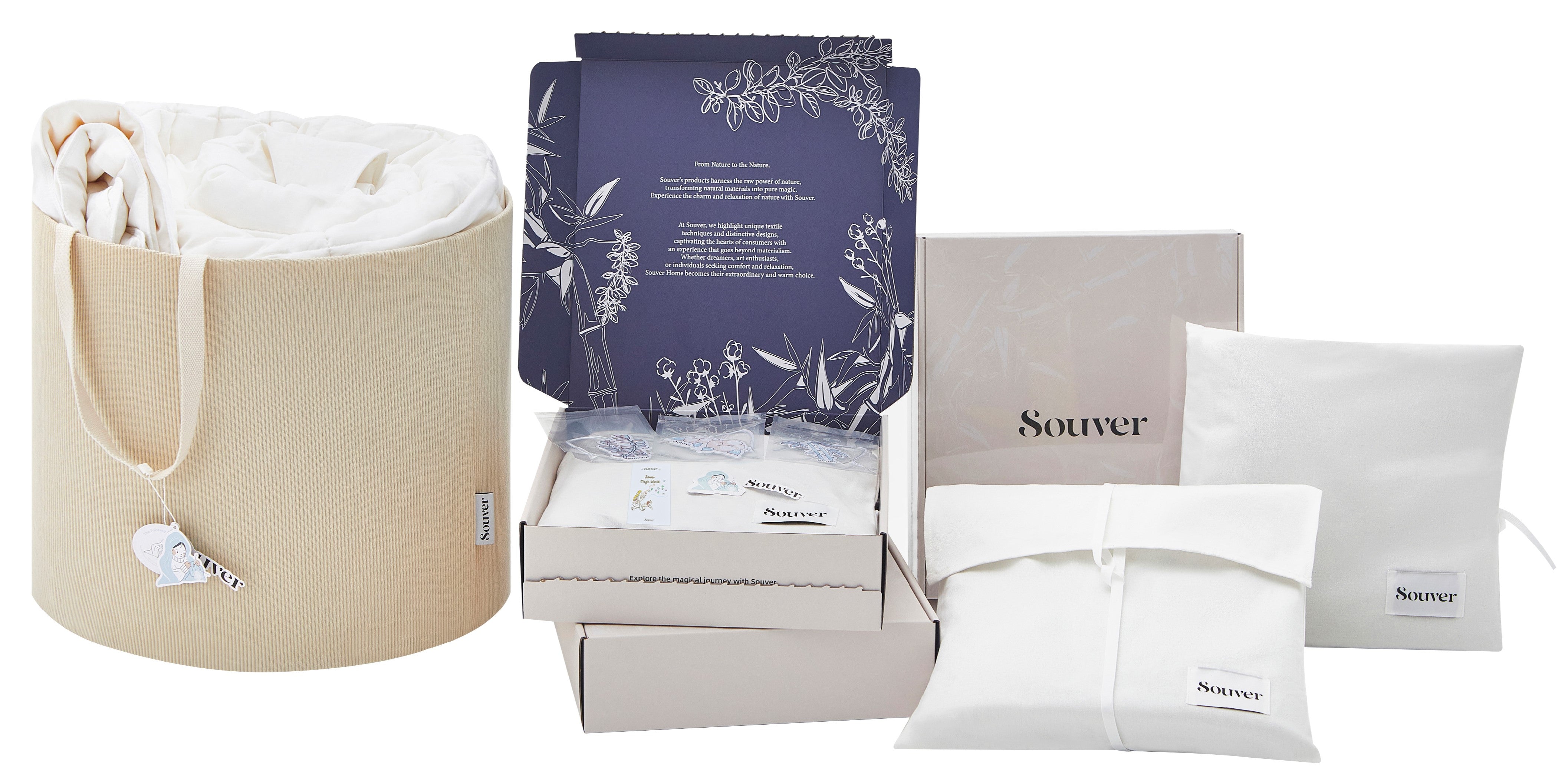


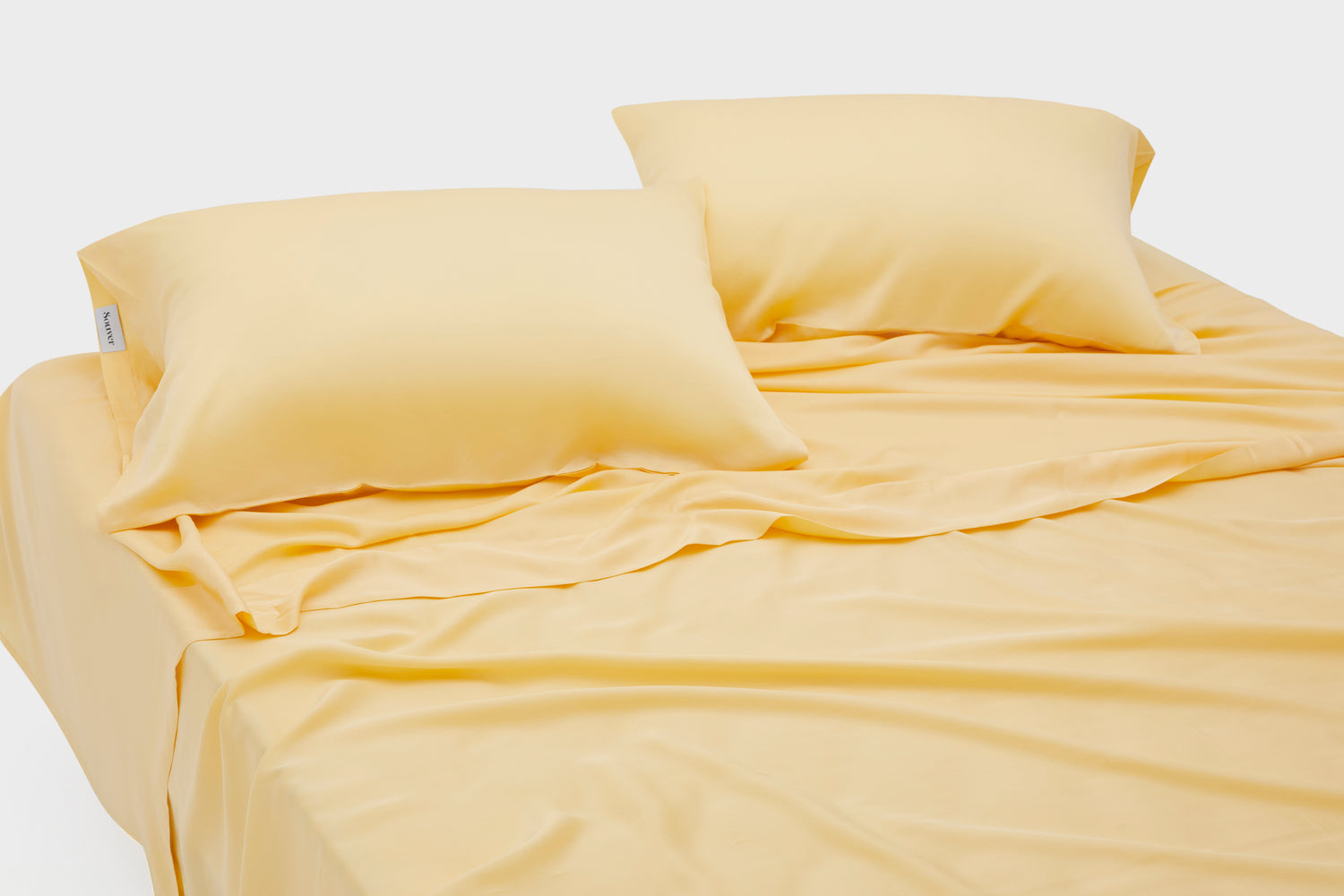
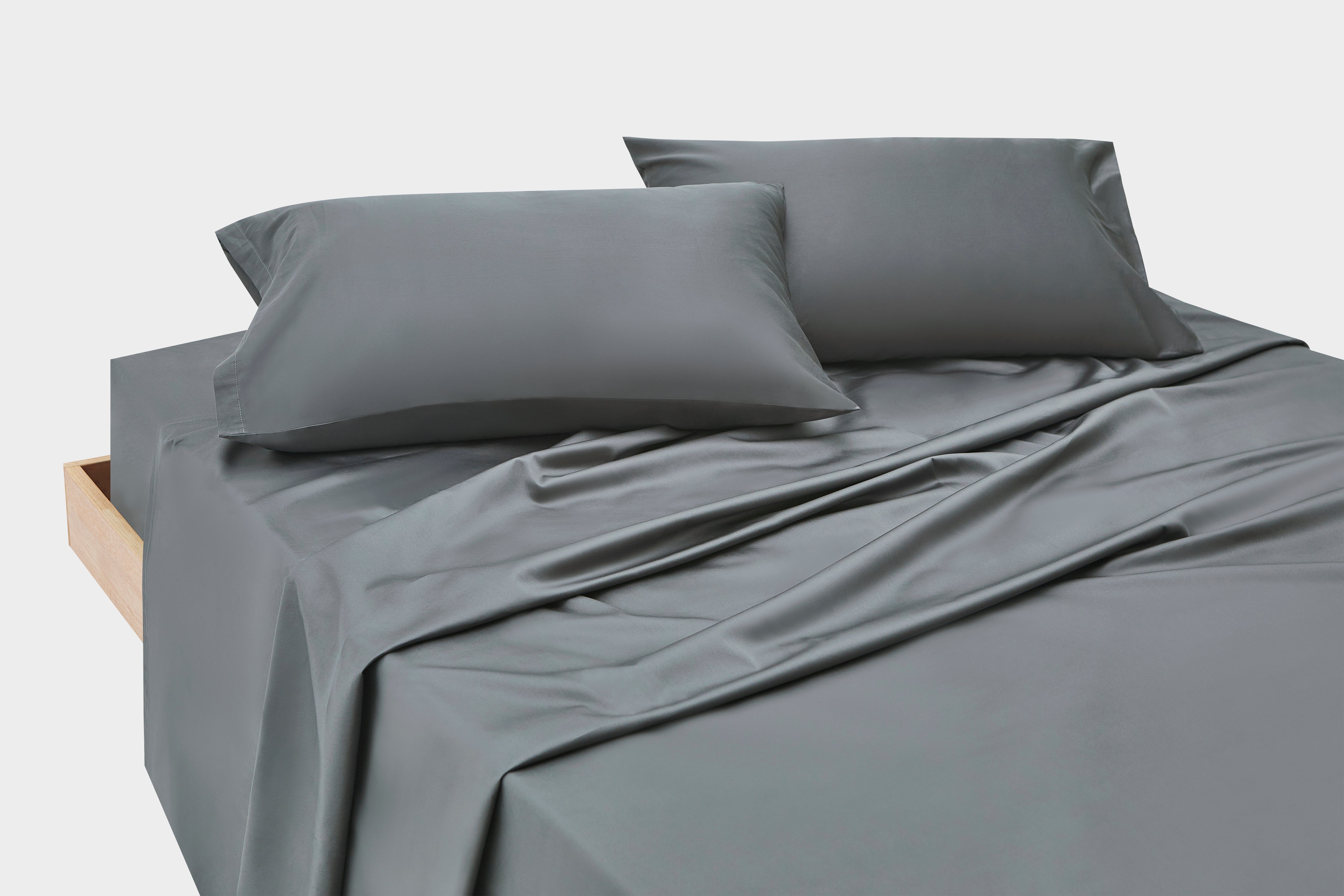
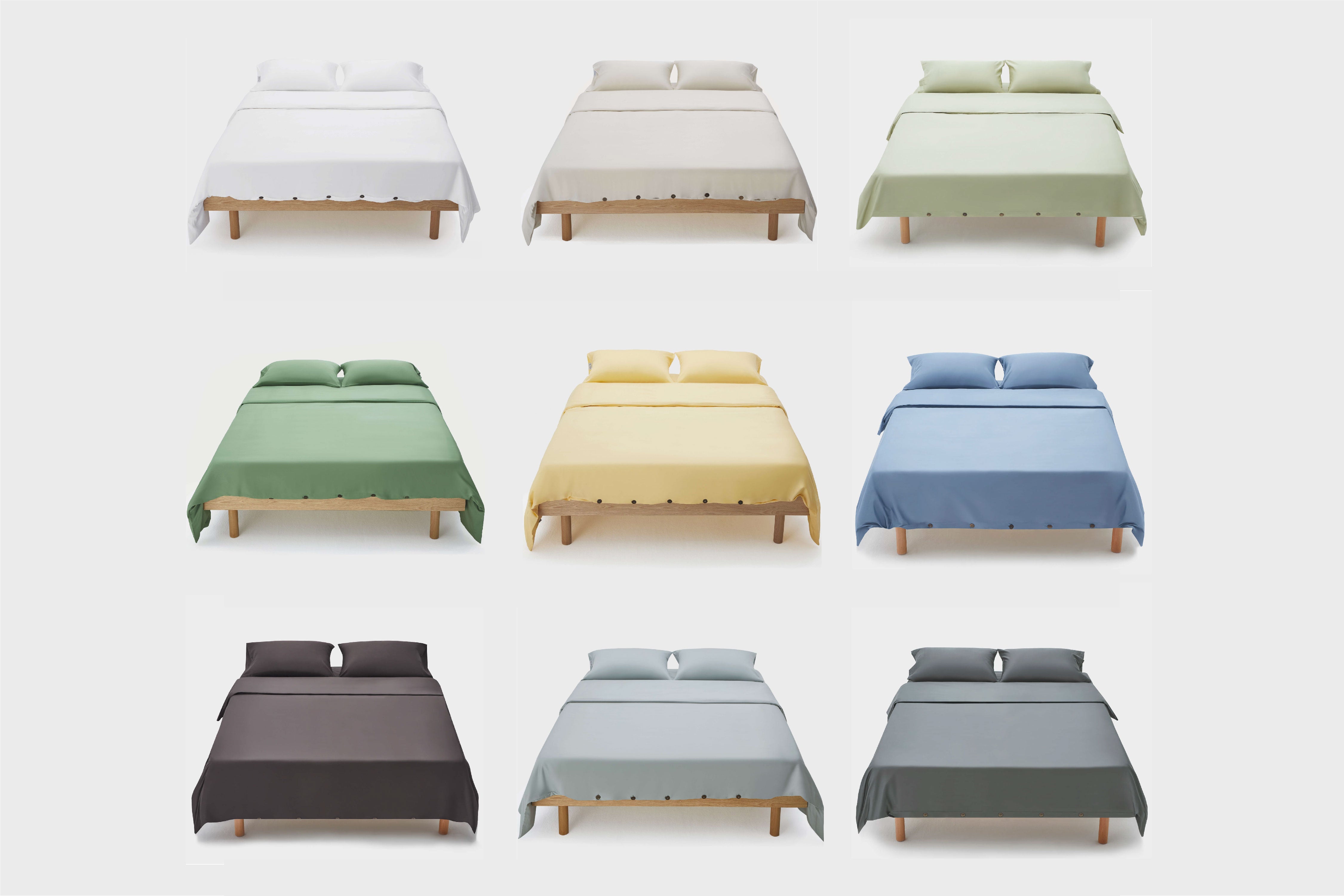
留言
此網站已受到 hCaptcha 保護,且適用 hCaptcha 隱私政策以及服務條款。